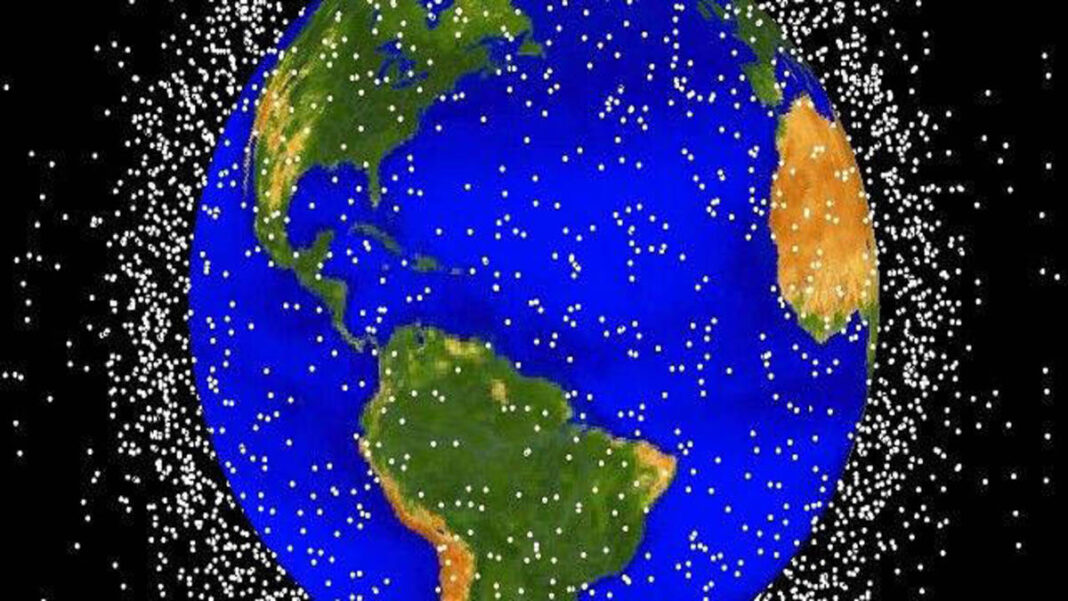UNITED KINGDOM: According to scientists artificial light and the increasing number of satellites in orbit are posing an unprecedented threat to nature and cultural heritage.
The uncontrolled access to dark night skies is rapidly diminishing, due to light pollution and satellite constellation tracks, they said in a paper published in Nature Astronomy.
Astronomers have also warned that the view of the cosmos is being blocked, threatening the profession of astronomy.
With over 8,000 satellites currently in operation, covering the entire planet, the issue of satellite proliferation is becoming more pressing.
OneWeb is launching additional tiny broadband satellites, and SpaceX alone has launched over 3,000 of them.
Scientists are concerned that this growing number of satellites will lead to further degradation of the night sky, causing permanent damage to the environment and to our ability to study the universe.
The paper highlights the need for scientists to take action against “big light” and “big space” and preserve the natural resource of the night sky.
Scientists are also concerned about the impact of satellite proliferation on space debris, as more and more junk piles up after the end of a satellite’s mission.
The scientists noted that while some measures can be taken to mitigate the impact of light reflected towards the night hemisphere by satellites, such as lowering their brightness, closing telescope shutters when in the field of view, and pointing telescopes where there are no satellites, these measures will not completely solve the problem.
In addition to light pollution, the increasing number of satellites also poses challenges to orbital traffic concerns and atmospheric pollution from debris and rocket exhaust gases.
The paper calls for immediate regulation and control of satellite proliferation to prevent further damage to the night sky and the environment.
Also Read: NASA’s ShadowCam Sheds Light on Lunar South Pole with Latest Photograph



